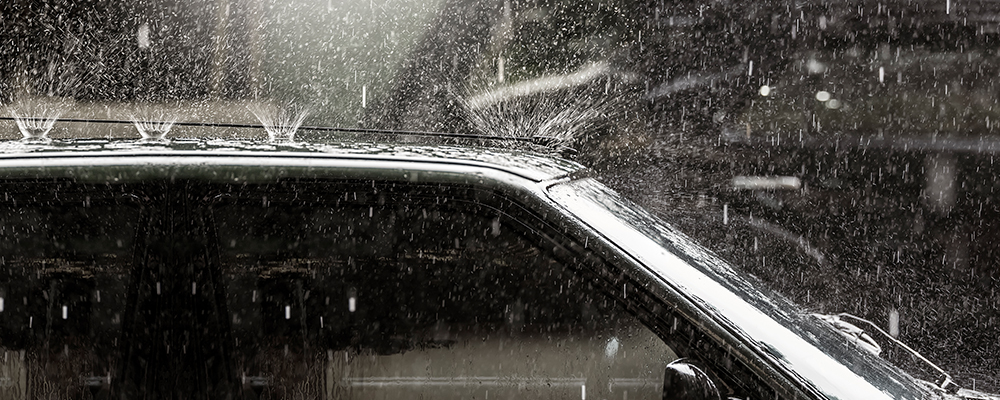
The size of hailstones that smashed through parts of Rockhampton.
Hailstorm Stats
Not only was the town of Rockhampton caught off guard by the hailstorm, but also the insurance industry. Some interesting statistics include:
- Solar panels:
- The extensive use of solar panels in the region has likely contributed to the increase in average claims size. Assessment, repair and replacement of damaged solar panels is complicated with very little governance in the industry on best practice.
- Property age, roof repairs & building codes:
- 61% of homes in Rockhampton were built pre 1980
- The age of properties led to challenging roof repairs requiring tie-downs and roof frame upgrades
- 92% of roofs in Rockhampton were metal sheeting, which usually requires whole sheet/roof replacements.
- Tiled roofs by comparison are more straight forward requiring specific tile replacement
- Cyclone building codes by the LQD building Construction Committee, require total roof replacement if damage to roof is greater than 20%
- Claims farming/Disaster chasers:
- A significant number of consultants were reported in the area, soliciting for work with reports of misrepresentations to consumers. The impact of these activities was seen in the higher portion of late claim notifications that kept occurring months after the date of loss.
Whilst the event caught the industry off guard, the most important thing was to ensure the industry was there to help the communities get on with the rebuild of the Rockhampton area. The focus shifted to what lessons from the event in order to be better placed and prepared for the next one.
To read more about this blog head to Swiss Re
—
For more information about how we can protect you and your business contact us today.
General Advice Warning: This advice is general and does not take into account your objectives, financial situation or needs. You should consider whether the advice is appropriate for you and your personal circumstances. Before you make any decision about whether to acquire a certain product, you should obtain and read the relevant product disclosure statement.
Clear Insurance Pty Ltd. ABN 41 601 916 689. AFSL No. 548953.





